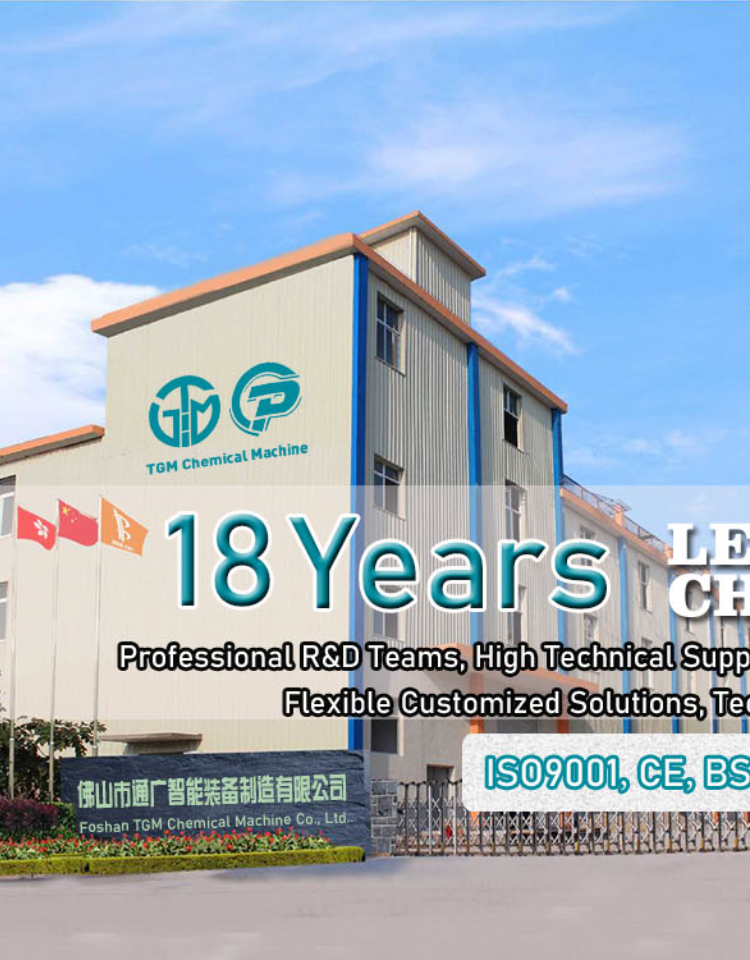Email cannot be empty
Password cannot be empty
Email format error
Email cannot be empty
Email already exists
6-20 characters(letters plus numbers only)
The password is inconsistent
Email format error
Email cannot be empty
Email does not exist
6-20 characters(letters plus numbers only)
The password is inconsistent


The Complete Guide to EVA Hot Melt Adhesive Production
Introduction
Ethylene Vinyl Acetate (EVA) hot melt adhesives are widely used in packaging, woodworking, textiles, and electronics due to their excellent bonding properties, flexibility, and ease of application. Producing high-quality EVA hot melt adhesive requires careful selection of raw materials, precise processing, and strict quality control. In this blog, we’ll explore the production process, key ingredients, and industry applications of EVA hot melt adhesives.
What is EVA Hot Melt Adhesive?
EVA hot melt adhesive is a thermoplastic adhesive that becomes liquid when heated and solidifies upon cooling. It is composed primarily of:
-
Ethylene Vinyl Acetate (EVA) resin – Provides adhesion and flexibility.
-
Tackifiers – Enhance stickiness (e.g., rosin esters, hydrocarbon resins).
-
Waxes – Adjust viscosity and open time (e.g., paraffin wax, microcrystalline wax).
-
Antioxidants – Prevent degradation during heating.
-
Plasticizers (optional) – Improve flexibility in low-temperature applications.
EVA Hot Melt Adhesive Production Process
1. Raw Material Selection & Pre-Mixing
The quality of EVA hot melt adhesive depends on the raw materials. The components are carefully weighed and pre-mixed to ensure uniform distribution before melting.
2. Melting & Mixing
The mixture is fed into a heated reactor (typically 120°C–180°C) with an agitator. The steps include:
-
Melting the wax first to create a liquid base.
-
Gradually adding EVA resin while stirring to avoid clumping.
-
Incorporating tackifiers and additives for desired properties.
3. Homogenization & Degassing
The molten adhesive is homogenized to ensure consistency. Vacuum degassing may be applied to remove air bubbles, improving adhesive strength.
4. Filtration & Extrusion
The adhesive is filtered to remove impurities, then extruded into:
-
Sticks (for glue guns)
-
Pellets (for industrial applicators)
-
Blocks (for large-scale melting tanks)
5. Cooling & Packaging
The extruded adhesive is cooled rapidly (using water or air) to maintain stability before being cut and packed in moisture-resistant packaging.
Key Factors Affecting EVA Hot Melt Adhesive Quality
-
Vinyl Acetate (VA) Content – Higher VA increases flexibility and adhesion.
-
Melt Flow Index (MFI) – Affects viscosity and application ease.
-
Open Time – Adjustable with wax and resin ratios.
-
Thermal Stability – Antioxidants prevent charring during repeated heating.
Applications of EVA Hot Melt Adhesives
-
Packaging – Carton sealing, box manufacturing.
-
Woodworking – Edge banding, furniture assembly.
-
Textiles – Shoe manufacturing, apparel bonding.
-
Electronics – Wire tacking, component assembly.
-
Automotive – Interior trim bonding.
Advantages of EVA Hot Melt Adhesives
✅ Fast setting time
✅ No solvents (eco-friendly)
✅ Strong adhesion to various substrates
✅ Cost-effective production
Conclusion
EVA hot melt adhesive production requires precise formulation and processing to achieve optimal performance. By understanding the raw materials, production steps, and key quality factors, manufacturers can produce adhesives tailored for different industrial needs.

